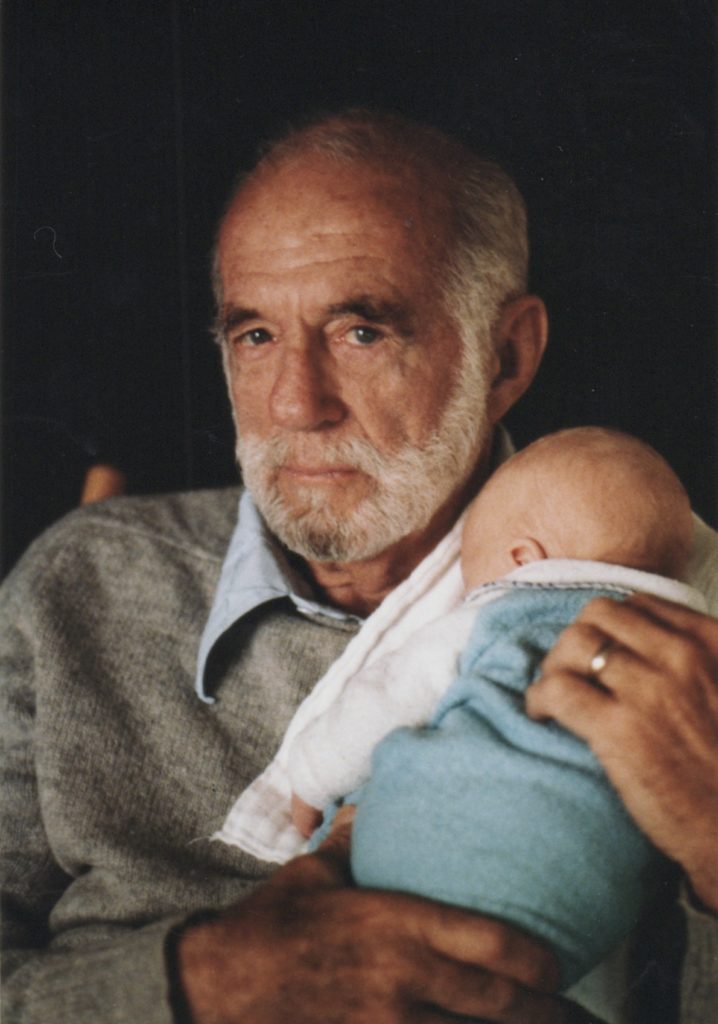PAGE 285
Sterilizing Bottles
(the information below is from the 9th edition of Baby and Child Care. You can also read more about food safety, generally, at https://www.usda.gov/topics/health-and-safety, which includes links to several very helpful fact sheets and booklets.)
Equipment for sterilization. You can buy a stove top sterilizer, which is essentially the same thing as a kettle, or an electric sterilizer that turns itself off at the right time. Sterilizers usually come with all the racks, bottles, disks, nipples, and rings that you’ll need to get started, along with bottle and nipple brushes and tongs. Or you can get a kettle large enough to hold a day’s worth of bottles along with all other parts.
A pair of tongs sterilized with the rest of the equipment will be helpful in lifting the bottles out of the rack if they are still hot. (You can use a pot holder to pick up the handles of the hot tongs.) Handle the nipples by the edges, not by the tip that may touch the formula and that will later go into the baby’s mouth.
Sterilization techniques. Terminal sterilization. With this approach, you put formula made with unsterilized water into unsterilized bottles and then sterilize them all together. This method is used only when you will be filling all your nursing bottles at once. Terminal sterilization is not suitable if you plan to use disposable bottles or store the entire formula in a quart container, filling only one bottle at each feeding time.
Mix your formula. You don’t need to use boiled water or sterilized bottle equipment, because everything is about to be sterilized all at once, but the bottles and nipples should be thoroughly cleaned in the regular way. Fill all the nursing bottles, insert the nipples upside down, cover them with the disks, and then screw the rings on loosely. Leave the screw rings loose so that there will be a space for the hot air to escape as the bottles heat up, and for the air to reenter as the bottles cool again.
Follow the directions for using your stove top or electric sterilizing kit. Or put 1 or 2 inches of water in a kettle, place the bottles in a rack, lower the rack into the kettle, and cover it. Bring the water to a boil, and boil for twenty-five minutes. Use a timer to be sure. Turn off the heat and let the kettle cool (with the top still on) until the bottles are lukewarm, about an hour or two. Tighten the screw rings and refrigerate all the bottles.
There will be less clogging of the nipple holes when the formula is allowed to cool slowly, for an hour or two, without being shaken at all. This will allow any scum to form into one large, firm piece, which will then stick to the inside of the bottle.
Aseptic sterilization. With this approach, you sterilize the bottle equipment by itself, then make a sterile formula with boiled water, and put the sterile formula into the prepared bottles. With aseptic sterilization it’s fine to fill all your nursing bottles or disposable bottles at once, or you can fill a quart container.
Follow the directions that come with your stove top or electric sterilizer. If you’re using a regular kettle, put the bottles in the rack upside down so that the steam can more easily get into them and the water can run out. The same goes for the container holding the nipples and other equipment. Put a couple of inches of hot water in the bottom of the kettle, add the racks, put the top on, bring the water to a boil, and boil hard for five minutes, using a timer to be sure. Let the kettle cool.
The bottles are now ready for the formula. Store them in a clean place if you won’t be filling them right away. If you want a sterile place to lay nipples, screw rings, and disks while you are bottling the formula, put them on the inverted top of the kettle or sterilizer.
To sterilize a quart jar. You can use any glass quart jar for storing formula. (Most plastic containers become misshapen when boiled.) Choose a pan large enough to hold the jar lying down on its side, and the lid, and fill with water. Bring to a boil and boil five minutes. When the jar is cool enough to handle, drain it well and pour the entire amount of sterilized formula into it. Seal loosely, so that air can enter as the formula cools, and refrigerate.
When each feeding time comes around, pour the required number of ounces into a sterilized nursing bottle or into a disposable bottle. Then put the quart jar back in the refrigerator.
What to sterilize. You don’t have to boil everything. Even if you have to sterilize the formula and boil the drinking water, you don’t have to be so fussy with all the other things that your baby will eat and drink. You don’t have to boil dishes and cups and feeding spoons, because germs don’t get a chance to grow on clean, dry utensils.
When you first buy teething rings, pacifiers, and toys that babies put in their mouths, you can wash them with soap. But there is no need to keep on washing them afterward, unless they fall on the floor, because the only germs on them will be the babies’ own germs that they’re used to.
When to stop sterilizing. When can you stop sterilizing the formula and bottles? Talk to your doctor, public health nurse, or county health department about when it’s safe to stop sterilizing. If you absolutely can’t consult anyone, you can go by the general rule that as long as you are making a twenty-four-hour supply of formula that contains water, you have to sterilize the formula and bottles.
[this page was last updated by Robert Needlman, on 11-25-2018]

